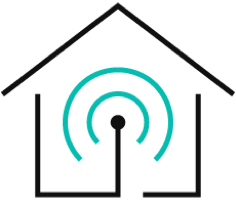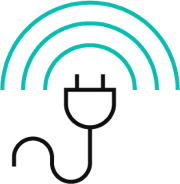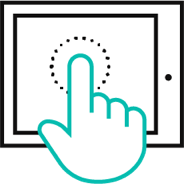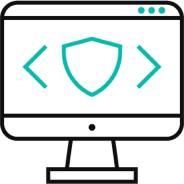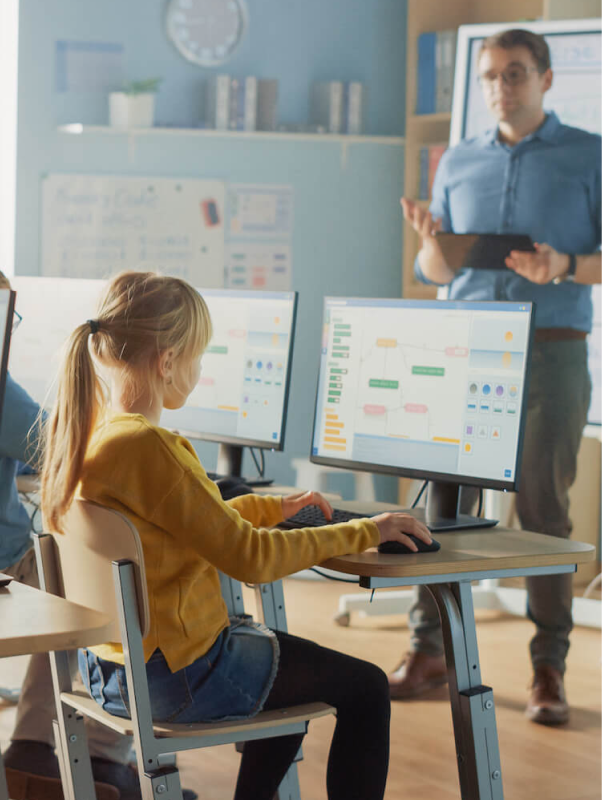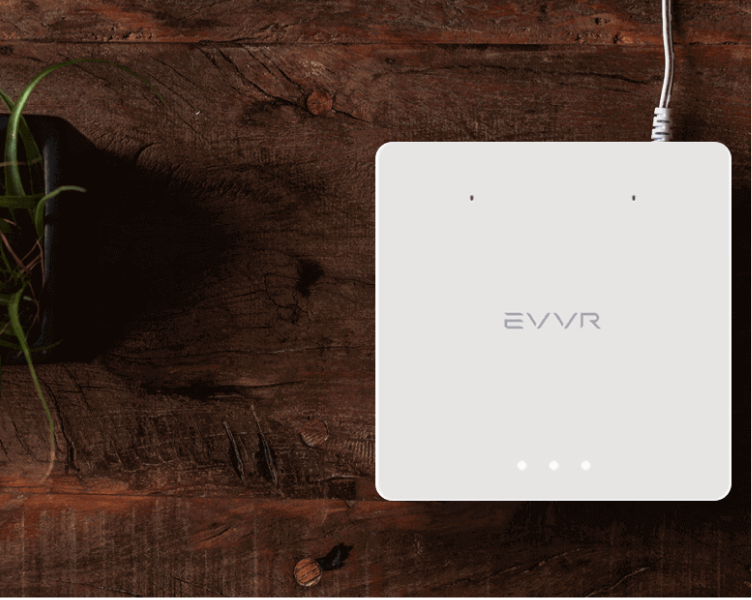Technology makes information instantly accessible, so it is important to have it in the classroom. For students and teachers, smartphones, computers, and tablets are already integral to ordinary life. Works are being made to study how to use technology in the school to give students of all ages relevant learning opportunities.
Different iterations of technology, such as a virtual classroom, are used in the classroom to generate active learners interested in the learning objectives. Technology integration also opens doors for individualized instruction to fulfill each student's specific needs as an individual learner within a larger classroom environment.
With all the devices and gadgets around, the class can be messy. EVVR Center Lite can be the brains of the operation around the class to keep everything balanced. You can also incorporate EVVR Smart Plug to optimize power consumption and enhance the safety and well-being of students.
- Integration of Technology In Modern Classrooms
- Middle Schools & Classroom Technology
- Use of Technology in High School Classrooms
- Importance of Technology Incorporation In Classrooms
- Best Examples of Technology Integration In Classes
- EVVR Is Your Partner To Integrate Technology In Classrooms
Integration of Technology In Modern Classrooms
The use of technology to enhance student interest in learning is what technology integration means. Different types of innovation, such as digital classrooms, online lectures, and so on, are employed in the classroom to generate active learners interested in the learning objectives. Technology integration also opens doors for individualized instruction to fulfill each student's specific needs as an individual learner within a larger classroom environment.

Middle Schools & Classroom Technology
Students can use technology to acquire fundamental life skills as they develop as independent thinkers. Middle school students will become more independent with different teachers for each subject. Using technology to learn skills like performing research across all subject areas is possible. Through various search engines, websites like Easy Bib help students identify reliable sources and show them how to cite such sources to prevent plagiarism properly.
Use of Technology in High School Classrooms
Once students have completed their secondary education, they can learn to use technology to advance their college and professional goals. Learning how to create spreadsheets, slide shows, and share papers using Google Drive and Microsoft Office enables students to get ongoing feedback on their work. These Google and Microsoft features are widely used in many professions to organize information and foster collaboration among coworkers or clients.
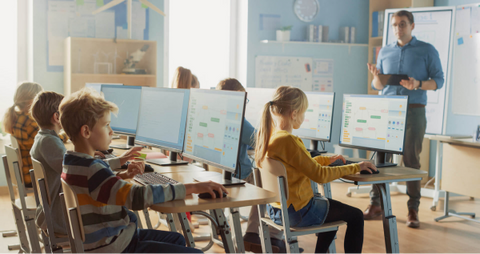
Importance of Technology Incorporation In Classrooms
When they offer students the chance to use gadgets in class, instructors often have success. Many argue that only some results of incorporating technology for educational instruction are desirable. However, there are many advantages and drawbacks. The idea that there is a perpetual supply of data and entertainment available at all times may be considered a distraction. Still, if technology is incorporated into the classroom with routines in place that are monitored or assessed, the benefits outweigh the drawbacks.
Improving Engagement of Students In Learning
Any lesson plan must include active engagement. Technology interests pupils because it is participatory, whether working alone or in groups.
Employing Different Teaching Styles
Only some students pick up knowledge and retain it at the same rate or in the same way. Using technology, teachers may adapt their lessons to their students' diverse learning styles and capacities. Students who use technology may also be able to work at their own pace.
Preparing Students Through Practical Skills
Because of how frequently it is utilized daily, technology has developed into its type of literacy. Microsoft Office and Google Drive are used in many professions regularly for at least one function, such as producing decks or slide shows for presentations or attaching documents to emails to convey crucial information. Students are better prepared for life after school by being allowed to learn and develop these abilities.
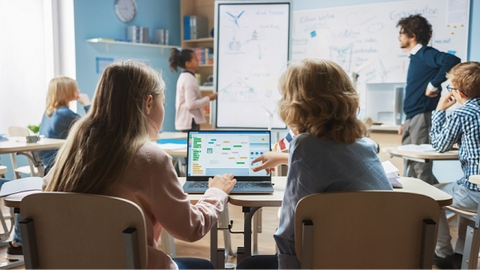
Best Examples of Technology Integration In Classes
There are unlimited ways to employ technology in the classroom to enhance learning, from facilitating communication between teachers and students (as well as peer-to-peer interaction) to planning curriculum calendars and enhancing presentations and lessons using media and visuals. Here are a few illustrations.
Learning Through Gaming
Many people still attribute their proficiency with the keyboard entirely to the time they spent playing typing games in their elementary school's computer lab. Not only were the games fantastic tools for teaching typing skills to pupils, but they also made using a computer joyful and exciting for me and laid the groundwork for all subsequent computer knowledge they have acquired. Utilizing technology for gamified learning in your classroom can help you achieve the goal of making learning enjoyable.
Virtual Trips
Digital field trips are a common, practical, and economical resource for teachers looking for new ideas to incorporate technology into the learning area. From the comfort of your classroom, you may virtually visit parks, forests, and even famous monuments with Google Streetview and other programs of a similar nature. To get students interested in learning about a place or subject and expand learning beyond the page, let them virtually experience the Statue of Liberty view or trek through the Grand Canyon.
Positive Use of Social Media
Given how much time kids currently spend on social media, incorporating it into your lesson plans is one of the most creative ways to use technology to link students to the curriculum, classroom resources, and one another. Establish a Facebook page just for your class where you can post discussion topics or create creative classroom-specific Twitter hashtags that students may use to discuss the material or pose questions.
Collecting Feedback
Receiving input from students is important to understanding this, finding out what is and isn't working, and fixing issues and confusion as they develop. The fundamental measure of any classroom organization or curriculum is how well it engages students to learn. Use online surveys and polls to conduct daily or weekly check-ins with students, collect their feedback on lessons, and address any unanswered issues or concerns. By asking students to tweet their comments and inquiries with a classroom hashtag, you may increase the use of Twitter hashtags.
Creating & Dispensing Digital Content
Students can express their creative talents and learn by producing digital content connected to their learning. Like any other endeavor, developing content is most successful when students can communicate in ways that showcase and consider their talents and communication/learning preferences. Give students a chance to express themselves through any medium they find most comfortable, including blogs, films, podcasts, eBooks, fliers, and other digital art. Students develop as learners when their uniqueness and desires for creative expression are respected.
Using Interactive Calendar
Create a classroom-wide shared online calendar using Google Calendar or a comparable application to post essential updates. Post due dates for assignments and class activities (including field excursions and guest speakers) in one place that is simple to find for both teachers and students. To take it further, present the calendar to the caregivers to keep them informed and interested in their child's education.
Presentations & Hands-On Lessons
Use visual effects, images, movies, and music to make presentations more engaging for students. A fun and inventive way to improve student engagement with learning while teaching the benefits of technology and multimedia use is by creating slideshows and virtual demonstrations, playing music or a video for background or context while delivering the lecture, or inviting virtual instructors to engage with your class via programs designed for conference calls.
Incentives & Applauses
Set up learning stations to encourage and support learners working independently. Instead of sitting around waiting for other students to catch up or for class to end, if a student completes an assignment early, they can extend and enhance their learning potential by going to a learning station and watching videos, playing educational games, or exploring other online activities relevant to their studies.
EVVR Is Your Partner To Integrate Technology In Classrooms
Integrating technology in classrooms is not optional but necessary, especially with the pace of changes worldwide. EVVR is the trusted partner of academic institutions worldwide to provide safe and reliable solutions for handling multiple smart devices. EVVR Center Lite can do wonders in a small size. It is a compact smart hub that can easily control all the gadgets in the classroom, such as EVVR Smart Plug. If you want seamless technology around for nurturing environment, choose EVVR!


